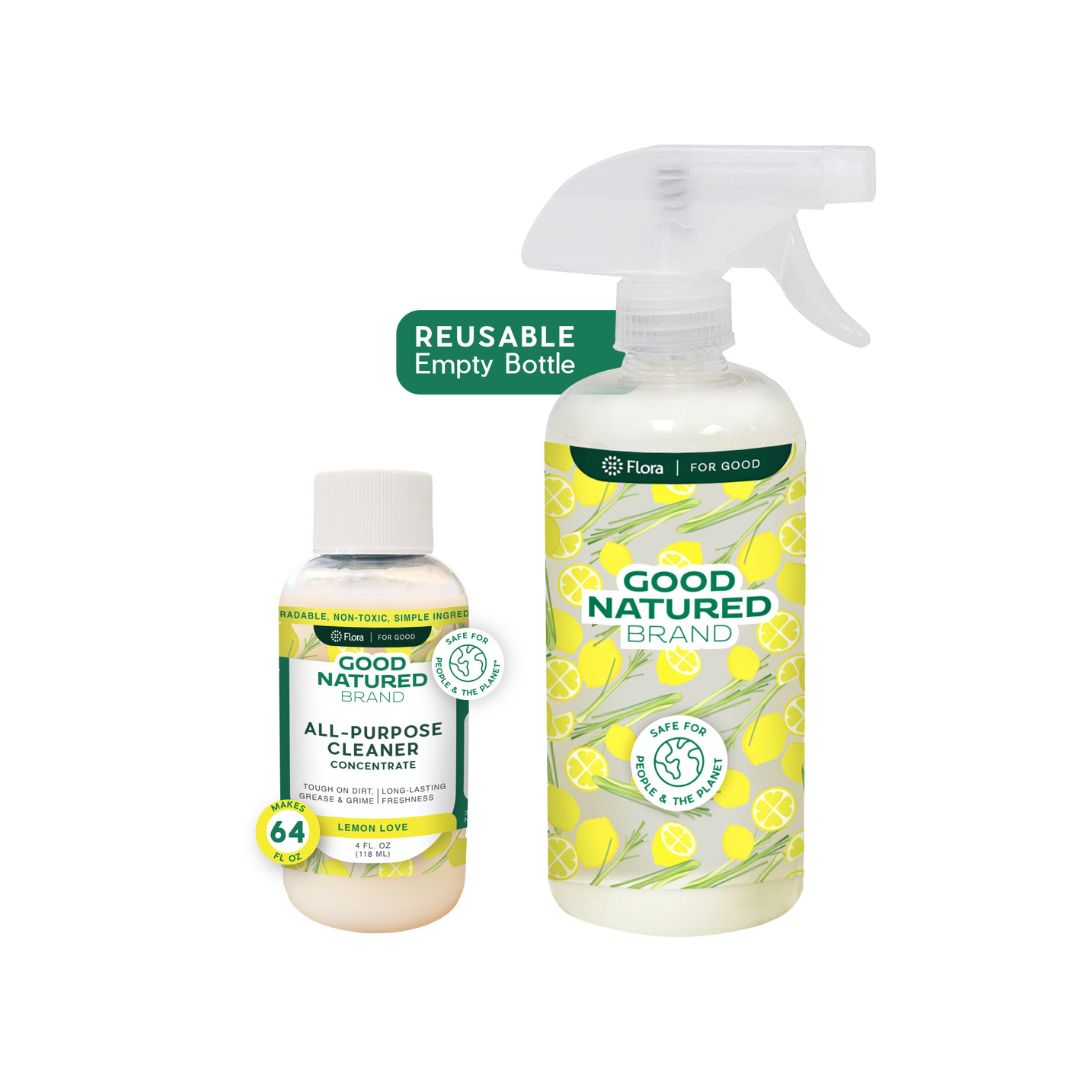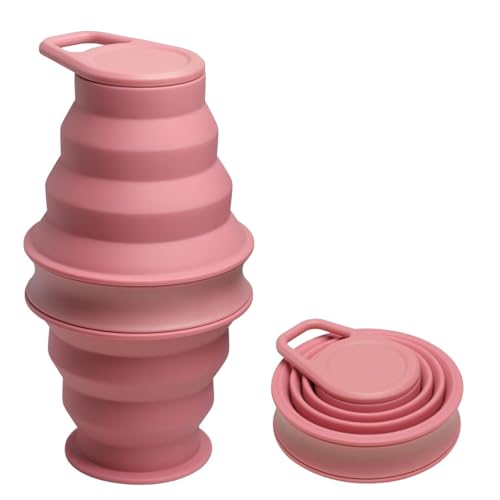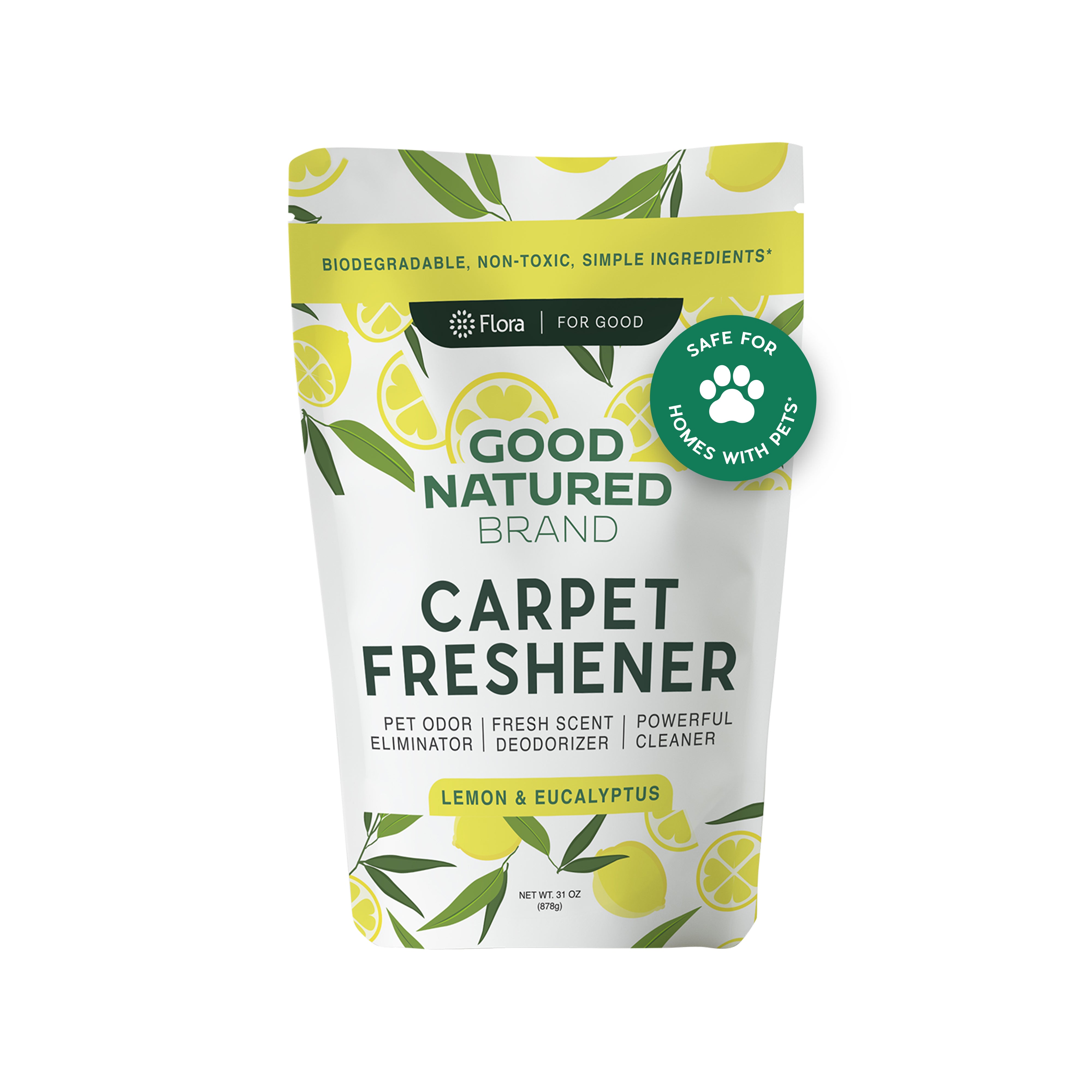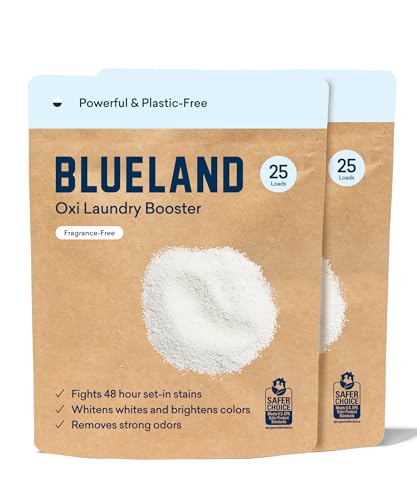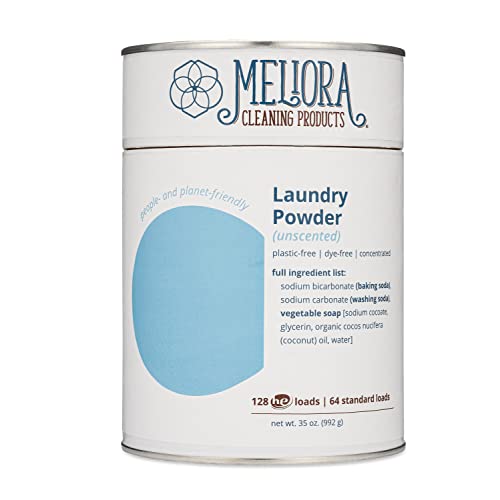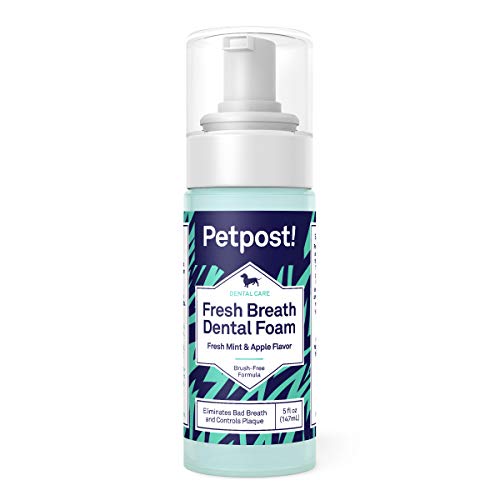
Petpost Fresh Breath Foam for Dogs - Mint & Apple Flavor, Natural Teeth Cleaner - 5 oz.


Propylparaben
High RiskPropylparaben is a member of the paraben family of preservatives commonly used in cosmetics and personal care products. It helps to inhibit the growth of harmful bacteria and mold, extending the shelf life of products and ensuring their safety during use.
Sustai Insights
Propylparaben functions effectively as a preservative, preventing microbial growth and maintaining product integrity. However, it has been linked to moderate concerns regarding allergies, endocrine disruption, and potential reproductive toxicity. Regulatory agencies have imposed restrictions on its use due to these health risks. Additionally, propylparaben may pose environmental hazards, including potential bioaccumulation. Overall, the ingredient is assessed as high risk, warranting cautious usage and consideration of safer alternatives.
Picea Mariana Leaf Oil
High RiskPicea mariana leaf oil, derived from the needles of the black spruce tree, is commonly used in personal care products for its aromatic properties and potential skin benefits. It functions primarily as a fragrance component and may also have preservative qualities due to its natural antimicrobial properties.
Sustai Insights
Picea mariana leaf oil offers functional benefits as a natural fragrance and potential antimicrobial agent, which can enhance product stability. However, it carries high usage restrictions and is associated with low risk for carcinogenicity, allergies, and reproductive toxicity. Environmental concerns include potential pollution and bioaccumulation. Regulatory warnings indicate heightened caution in use. Overall, the ingredient presents a high risk assessment, and users are advised to consider safer alternatives or limit exposure.
Zinc Gluconate
High RiskZinc gluconate is a zinc salt derived from gluconic acid, commonly used in dietary supplements and topical formulations. It serves primarily as a source of zinc, an essential mineral that supports various biological functions, including immune response and skin health.
Sustai Insights
Zinc gluconate provides functional benefits as a zinc source, contributing to immune support and skin health. However, it is associated with high usage restrictions and potential environmental persistence and bioaccumulation concerns. Health-wise, it presents low risks for carcinogenicity, allergies, and reproductive toxicity. Regulatory advisories limit its use in certain products, reflecting an overall high risk assessment. Safe usage practices should be followed, and alternatives like zinc oxide may be considered for those seeking different formulations.
Malic Acid
High RiskMalic acid is a naturally occurring organic acid found in various fruits, particularly apples. It plays a role in the metabolic processes of living organisms and is commonly used as a flavoring agent, pH regulator, and preservative in food and cosmetic products.
Sustai Insights
Malic acid serves as an effective pH adjuster and flavor enhancer, contributing to the sensory profile of products. However, it may cause skin and eye irritation and has high use restrictions, limiting its application. Regulatory bodies have noted these concerns, leading to restrictions on its use in certain products. Overall, the ingredient is considered high risk due to these factors, necessitating careful usage and consideration of safer alternatives.
Citric Acid
Medium RiskCitric acid is an alpha hydroxy acid used in personal care products primarily for its role as a pH adjuster and natural preservative. It occurs naturally in citrus fruits and is commonly utilized in various formulations for its chelating properties and mild exfoliation benefits.
Sustai Insights
Citric acid offers functional benefits as an effective preservative and pH stabilizer, contributing to product longevity and stability. It is biodegradable and derived from renewable sources. Health risks are low, with minimal concerns regarding carcinogenicity, allergies, and reproductive toxicity. However, moderate use restrictions exist due to potential irritation at high concentrations. Environmental risks are limited, as citric acid is not known to accumulate in ecosystems. Regulatory agencies have no significant advisories against its use. Overall, it is assessed as a medium-risk ingredient, with safe usage practices recommended and alternatives available.
Flavor
Medium RiskFlavor is a term used by cosmetic manufacturers to describe a combination of aromatic compounds added to products to enhance sensory appeal. It can include natural or synthetic substances that provide distinct tastes or scents, influencing consumer preference and product experience.
Sustai Insights
Flavor serves as an effective sensory enhancer in cosmetic products, improving user experience. With a low risk profile concerning health effects such as carcinogenicity, allergies, and reproductive toxicity, flavor is generally considered safe. However, it is important to note that some products may contain synthetic components that could pose environmental risks, including potential pollutants. Regulatory bodies have not placed significant restrictions on flavor use, resulting in an overall moderate risk assessment. Safe usage practices should be followed, and more sustainable alternatives may be explored to minimize ecological impact.
Methylparaben
Medium RiskMethylparaben is a member of the paraben family, commonly used as a preservative in cosmetic and personal care products. It helps inhibit the growth of bacteria and fungi, thereby extending the shelf life of products.
Sustai Insights
Methylparaben serves effectively as a preservative, protecting products from microbial growth, and is generally considered safe at low concentrations. However, it has been associated with low to moderate risks of allergies and endocrine disruption. Regulatory bodies have imposed some restrictions on its use, but it is still considered low risk for carcinogenicity and developmental toxicity. Safe usage practices recommend adhering to established concentration thresholds, and alternatives like phenoxyethanol or ethylhexylglycerin could be considered for those seeking more sustainable options. Overall, the risk level associated with methylparaben is medium.
Propylene Glycol
Medium RiskPropylene glycol is a small organic alcohol commonly used in cosmetics and personal care products as a humectant, solvent, and emulsifier. It helps retain moisture, enhances product texture, and aids in the delivery of active ingredients.
Sustai Insights
Propylene glycol serves vital functional benefits, including moisture retention and product stability. It is generally recognized as safe with low concerns for carcinogenicity and developmental toxicity. However, there may be moderate allergenic potential for some individuals. Environmentally, it poses minimal pollution risks and is not bioaccumulative. Regulatory bodies do not impose significant restrictions on its use. Overall, it presents a medium risk due to its allergenic potential and the need for cautious usage in sensitive populations.
Potassium Sorbate
Medium RiskPotassium sorbate is a potassium salt of sorbic acid, primarily used as a preservative in food and cosmetic products. It inhibits the growth of molds, yeast, and some bacteria, extending the shelf life of products. It is commonly found in various formulations due to its effectiveness and low toxicity.
Sustai Insights
Potassium sorbate serves as an effective preservative, preventing microbial growth in food and cosmetic products, which is vital for safety and longevity. Although it has a low risk of carcinogenicity and developmental toxicity, there is a moderate concern regarding allergies and immunotoxicity. Environmentally, it poses minimal risks as it is not significantly bioaccumulative. Regulatory agencies have verified its use, although some products may face restrictions. Overall, it is assessed as a medium risk ingredient, with safe usage practices recommended, and alternatives such as natural preservatives could be considered.
Sodium Benzoate
Medium RiskSodium benzoate is a preservative commonly used in food and cosmetic products to prevent microbial growth and extend shelf life. It is derived from benzoic acid and is effective at low concentrations, often used in acidic environments like beverages and condiments.
Sustai Insights
Sodium benzoate serves effectively as a preservative, contributing to product stability and safety. It is generally recognized as safe with low concerns for carcinogenicity, allergies, and reproductive toxicity, though it faces moderate use restrictions in some regions. Environmental risks include its potential as a pollutant, but it does not bioaccumulate significantly. Regulatory bodies have issued advisories regarding its concentration in products. Overall, the risk level is assessed as medium, with safe usage practices recommended. Alternatives such as potassium sorbate may provide similar benefits with potentially lower restrictions.
Peg 6 Sorbitan Oleate
Medium RiskPEG-6 Sorbitan Oleate is an ethoxylated sorbitan ester derived from sorbitol and oleic acid. It functions primarily as an emulsifier, helping to blend oil and water in various formulations, and is commonly used in personal care and cosmetic products.
Sustai Insights
PEG-6 Sorbitan Oleate offers effective emulsification properties, enhancing product texture and stability. It is generally considered to have low carcinogenicity and developmental toxicity, while moderate concerns exist regarding allergies and immunotoxicity. Contamination risks are notable. This ingredient is subject to regulatory restrictions and should be used cautiously, particularly for sensitive populations. Alternatives include natural emulsifiers such as beeswax or lecithin. The overall risk assessment is moderate.
Benzoic Acid
Medium RiskBenzoic acid is a naturally occurring and synthetically produced compound commonly used as a preservative in food and cosmetic products. It helps inhibit the growth of mold, yeast, and some bacteria, thus extending shelf life and maintaining product quality.
Sustai Insights
Benzoic acid is effective as a preservative, ensuring product stability and safety. It is generally considered to have low health risks, with minimal concerns regarding carcinogenicity, allergies, or reproductive toxicity. Environmental risks are moderate, as it is not bioaccumulative but can be a pollutant. Regulatory bodies do impose certain restrictions on its use in various products. Safe usage practices should be followed to mitigate any potential risks. Available alternatives include sorbic acid and other natural preservatives, which may offer similar benefits with potentially lower environmental impact. The overall risk level is assessed as medium.
Sorbitol
Low RiskSorbitol (glucitol) is a type of sugar alcohol used primarily as a sweetener and humectant in various food and cosmetic products. It is known for its moisture-retaining properties and is often found in sugar-free foods and personal care formulations.
Sustai Insights
Sorbitol serves effectively as a sweetener and humectant while being considered biodegradable and sustainably sourced. Health risks are low, with no significant concerns regarding carcinogenicity, allergies, or reproductive toxicity. Environmental assessments indicate minimal pollutant potential and low bioaccumulation. Regulatory bodies, including the FDA, have approved its use, but it is subject to specific guidelines. Overall, sorbitol presents a low risk profile, making it a suitable ingredient in food and cosmetic applications.
Mentha Piperita (Peppermint) Oil Extract
Low RiskMentha piperita (peppermint) oil extract is derived from the peppermint plant and is commonly used in various products for its aromatic and flavoring properties. It serves multiple functions, including acting as a fragrance agent and providing a cooling sensation in topical applications.
Sustai Insights
Mentha piperita oil offers functional benefits such as flavor enhancement and a refreshing aroma, while it is generally recognized as low risk for health concerns, including carcinogenicity and allergies. Environmentally, it does not contribute significantly to pollution or bioaccumulation. Regulatory bodies do not impose restrictions on its use. Safe usage practices include avoiding excessive exposure, particularly for sensitive individuals. Alternatives like spearmint oil may be considered, but overall, this ingredient is assessed as low risk.
Pyrus Malus (Apple) Fruit Extract
Low RiskPyrus malus (apple) fruit extract is derived from the fruit of the apple tree and is commonly used in cosmetic formulations for its nourishing properties and potential skin benefits.
Sustai Insights
Pyrus malus (apple) fruit extract offers functional benefits such as antioxidant properties and skin conditioning. It is considered low risk for health concerns, including cancer, allergies, and reproductive toxicity. Environmentally, it poses minimal risks, being non-pollutant and non-bioaccumulative. Regulatory bodies do not impose significant restrictions on its use. Overall, it is deemed low risk, making it a suitable ingredient in cosmetic products. Safe usage practices should still be observed, and alternatives may include other fruit extracts for similar benefits.
Water
Low RiskWater is a clear, colorless liquid essential for various biological processes. It serves as a solvent in formulations, facilitating the dissolution of other ingredients and enhancing product texture and application. Additionally, water plays a crucial role in hydration and is a key component in many cosmetic and personal care products.
Sustai Insights
Water is an effective solvent and hydrator, contributing to the texture and efficacy of formulations. It is biodegradable and generally regarded as safe, with low concerns regarding carcinogenicity, allergies, and reproductive toxicity. However, excessive water usage can lead to environmental concerns, particularly regarding resource depletion. Regulatory bodies do not impose restrictions on water use in cosmetics. Overall, the risks associated with water are low, making it a safe and essential ingredient.
Vegetarian Glycerin
Low RiskVegetarian glycerin, also known as glycerol, is a colorless, odorless, and viscous liquid derived from plant sources. It is primarily used as a humectant, solvent, and emollient in various personal care products, helping to retain moisture and improve texture.
Sustai Insights
Vegetarian glycerin offers functional benefits as an effective humectant, promoting hydration and skin smoothness. It is biodegradable and typically sustainably sourced. Health risks associated with glycerin are low, with no significant concerns for carcinogenicity, allergens, or reproductive toxicity. Environmental risks are minimal, and it is not subject to major regulatory warnings. Overall, the risk level for this ingredient is low, making it a safe choice in formulations. Safe usage practices include ensuring proper concentrations in products, and alternatives such as propylene glycol exist but may have differing properties.
Sodium Bicarbonate
Low RiskSodium bicarbonate, commonly known as baking soda, is an inorganic compound with the formula NaHCO₃. It functions primarily as a leavening agent in baking, helping to produce carbon dioxide gas when it reacts with acids, thereby causing dough to rise. It also serves as a mild alkaline agent in various personal care products.
Sustai Insights
Sodium bicarbonate is valued for its effectiveness as a leavening agent and its role in neutralizing acidity, contributing to product stability. It is considered environmentally friendly and biodegradable. Health risks are minimal, with low concerns regarding carcinogenicity, allergies, and reproductive toxicity. It is not classified as a pollutant and poses no significant environmental hazards. Regulatory assessments indicate it is safe for use in food and cosmetic products. Overall, sodium bicarbonate carries a low risk, making it a practical choice in many applications.
Citric Acid
Medium RiskCitric acid is an alpha hydroxy acid used in personal care products primarily for its role as a pH adjuster and natural preservative. It occurs naturally in citrus fruits and is commonly utilized in various formulations for its chelating properties and mild exfoliation benefits.
Sustai Insights
Citric acid offers functional benefits as an effective preservative and pH stabilizer, contributing to product longevity and stability. It is biodegradable and derived from renewable sources. Health risks are low, with minimal concerns regarding carcinogenicity, allergies, and reproductive toxicity. However, moderate use restrictions exist due to potential irritation at high concentrations. Environmental risks are limited, as citric acid is not known to accumulate in ecosystems. Regulatory agencies have no significant advisories against its use. Overall, it is assessed as a medium-risk ingredient, with safe usage practices recommended and alternatives available.
Flavor
Medium RiskFlavor is a term used by cosmetic manufacturers to describe a combination of aromatic compounds added to products to enhance sensory appeal. It can include natural or synthetic substances that provide distinct tastes or scents, influencing consumer preference and product experience.
Sustai Insights
Flavor serves as an effective sensory enhancer in cosmetic products, improving user experience. With a low risk profile concerning health effects such as carcinogenicity, allergies, and reproductive toxicity, flavor is generally considered safe. However, it is important to note that some products may contain synthetic components that could pose environmental risks, including potential pollutants. Regulatory bodies have not placed significant restrictions on flavor use, resulting in an overall moderate risk assessment. Safe usage practices should be followed, and more sustainable alternatives may be explored to minimize ecological impact.
Propylparaben
High RiskPropylparaben is a member of the paraben family of preservatives commonly used in cosmetics and personal care products. It helps to inhibit the growth of harmful bacteria and mold, extending the shelf life of products and ensuring their safety during use.
Sustai Insights
Propylparaben functions effectively as a preservative, preventing microbial growth and maintaining product integrity. However, it has been linked to moderate concerns regarding allergies, endocrine disruption, and potential reproductive toxicity. Regulatory agencies have imposed restrictions on its use due to these health risks. Additionally, propylparaben may pose environmental hazards, including potential bioaccumulation. Overall, the ingredient is assessed as high risk, warranting cautious usage and consideration of safer alternatives.
Sorbitol
Low RiskSorbitol (glucitol) is a type of sugar alcohol used primarily as a sweetener and humectant in various food and cosmetic products. It is known for its moisture-retaining properties and is often found in sugar-free foods and personal care formulations.
Sustai Insights
Sorbitol serves effectively as a sweetener and humectant while being considered biodegradable and sustainably sourced. Health risks are low, with no significant concerns regarding carcinogenicity, allergies, or reproductive toxicity. Environmental assessments indicate minimal pollutant potential and low bioaccumulation. Regulatory bodies, including the FDA, have approved its use, but it is subject to specific guidelines. Overall, sorbitol presents a low risk profile, making it a suitable ingredient in food and cosmetic applications.
Mentha Piperita (Peppermint) Oil Extract
Low RiskMentha piperita (peppermint) oil extract is derived from the peppermint plant and is commonly used in various products for its aromatic and flavoring properties. It serves multiple functions, including acting as a fragrance agent and providing a cooling sensation in topical applications.
Sustai Insights
Mentha piperita oil offers functional benefits such as flavor enhancement and a refreshing aroma, while it is generally recognized as low risk for health concerns, including carcinogenicity and allergies. Environmentally, it does not contribute significantly to pollution or bioaccumulation. Regulatory bodies do not impose restrictions on its use. Safe usage practices include avoiding excessive exposure, particularly for sensitive individuals. Alternatives like spearmint oil may be considered, but overall, this ingredient is assessed as low risk.
Pyrus Malus (Apple) Fruit Extract
Low RiskPyrus malus (apple) fruit extract is derived from the fruit of the apple tree and is commonly used in cosmetic formulations for its nourishing properties and potential skin benefits.
Sustai Insights
Pyrus malus (apple) fruit extract offers functional benefits such as antioxidant properties and skin conditioning. It is considered low risk for health concerns, including cancer, allergies, and reproductive toxicity. Environmentally, it poses minimal risks, being non-pollutant and non-bioaccumulative. Regulatory bodies do not impose significant restrictions on its use. Overall, it is deemed low risk, making it a suitable ingredient in cosmetic products. Safe usage practices should still be observed, and alternatives may include other fruit extracts for similar benefits.
Methylparaben
Medium RiskMethylparaben is a member of the paraben family, commonly used as a preservative in cosmetic and personal care products. It helps inhibit the growth of bacteria and fungi, thereby extending the shelf life of products.
Sustai Insights
Methylparaben serves effectively as a preservative, protecting products from microbial growth, and is generally considered safe at low concentrations. However, it has been associated with low to moderate risks of allergies and endocrine disruption. Regulatory bodies have imposed some restrictions on its use, but it is still considered low risk for carcinogenicity and developmental toxicity. Safe usage practices recommend adhering to established concentration thresholds, and alternatives like phenoxyethanol or ethylhexylglycerin could be considered for those seeking more sustainable options. Overall, the risk level associated with methylparaben is medium.
Picea Mariana Leaf Oil
High RiskPicea mariana leaf oil, derived from the needles of the black spruce tree, is commonly used in personal care products for its aromatic properties and potential skin benefits. It functions primarily as a fragrance component and may also have preservative qualities due to its natural antimicrobial properties.
Sustai Insights
Picea mariana leaf oil offers functional benefits as a natural fragrance and potential antimicrobial agent, which can enhance product stability. However, it carries high usage restrictions and is associated with low risk for carcinogenicity, allergies, and reproductive toxicity. Environmental concerns include potential pollution and bioaccumulation. Regulatory warnings indicate heightened caution in use. Overall, the ingredient presents a high risk assessment, and users are advised to consider safer alternatives or limit exposure.
Propylene Glycol
Medium RiskPropylene glycol is a small organic alcohol commonly used in cosmetics and personal care products as a humectant, solvent, and emulsifier. It helps retain moisture, enhances product texture, and aids in the delivery of active ingredients.
Sustai Insights
Propylene glycol serves vital functional benefits, including moisture retention and product stability. It is generally recognized as safe with low concerns for carcinogenicity and developmental toxicity. However, there may be moderate allergenic potential for some individuals. Environmentally, it poses minimal pollution risks and is not bioaccumulative. Regulatory bodies do not impose significant restrictions on its use. Overall, it presents a medium risk due to its allergenic potential and the need for cautious usage in sensitive populations.
Water
Low RiskWater is a clear, colorless liquid essential for various biological processes. It serves as a solvent in formulations, facilitating the dissolution of other ingredients and enhancing product texture and application. Additionally, water plays a crucial role in hydration and is a key component in many cosmetic and personal care products.
Sustai Insights
Water is an effective solvent and hydrator, contributing to the texture and efficacy of formulations. It is biodegradable and generally regarded as safe, with low concerns regarding carcinogenicity, allergies, and reproductive toxicity. However, excessive water usage can lead to environmental concerns, particularly regarding resource depletion. Regulatory bodies do not impose restrictions on water use in cosmetics. Overall, the risks associated with water are low, making it a safe and essential ingredient.
Vegetarian Glycerin
Low RiskVegetarian glycerin, also known as glycerol, is a colorless, odorless, and viscous liquid derived from plant sources. It is primarily used as a humectant, solvent, and emollient in various personal care products, helping to retain moisture and improve texture.
Sustai Insights
Vegetarian glycerin offers functional benefits as an effective humectant, promoting hydration and skin smoothness. It is biodegradable and typically sustainably sourced. Health risks associated with glycerin are low, with no significant concerns for carcinogenicity, allergens, or reproductive toxicity. Environmental risks are minimal, and it is not subject to major regulatory warnings. Overall, the risk level for this ingredient is low, making it a safe choice in formulations. Safe usage practices include ensuring proper concentrations in products, and alternatives such as propylene glycol exist but may have differing properties.
Potassium Sorbate
Medium RiskPotassium sorbate is a potassium salt of sorbic acid, primarily used as a preservative in food and cosmetic products. It inhibits the growth of molds, yeast, and some bacteria, extending the shelf life of products. It is commonly found in various formulations due to its effectiveness and low toxicity.
Sustai Insights
Potassium sorbate serves as an effective preservative, preventing microbial growth in food and cosmetic products, which is vital for safety and longevity. Although it has a low risk of carcinogenicity and developmental toxicity, there is a moderate concern regarding allergies and immunotoxicity. Environmentally, it poses minimal risks as it is not significantly bioaccumulative. Regulatory agencies have verified its use, although some products may face restrictions. Overall, it is assessed as a medium risk ingredient, with safe usage practices recommended, and alternatives such as natural preservatives could be considered.
Sodium Bicarbonate
Low RiskSodium bicarbonate, commonly known as baking soda, is an inorganic compound with the formula NaHCO₃. It functions primarily as a leavening agent in baking, helping to produce carbon dioxide gas when it reacts with acids, thereby causing dough to rise. It also serves as a mild alkaline agent in various personal care products.
Sustai Insights
Sodium bicarbonate is valued for its effectiveness as a leavening agent and its role in neutralizing acidity, contributing to product stability. It is considered environmentally friendly and biodegradable. Health risks are minimal, with low concerns regarding carcinogenicity, allergies, and reproductive toxicity. It is not classified as a pollutant and poses no significant environmental hazards. Regulatory assessments indicate it is safe for use in food and cosmetic products. Overall, sodium bicarbonate carries a low risk, making it a practical choice in many applications.
Sodium Benzoate
Medium RiskSodium benzoate is a preservative commonly used in food and cosmetic products to prevent microbial growth and extend shelf life. It is derived from benzoic acid and is effective at low concentrations, often used in acidic environments like beverages and condiments.
Sustai Insights
Sodium benzoate serves effectively as a preservative, contributing to product stability and safety. It is generally recognized as safe with low concerns for carcinogenicity, allergies, and reproductive toxicity, though it faces moderate use restrictions in some regions. Environmental risks include its potential as a pollutant, but it does not bioaccumulate significantly. Regulatory bodies have issued advisories regarding its concentration in products. Overall, the risk level is assessed as medium, with safe usage practices recommended. Alternatives such as potassium sorbate may provide similar benefits with potentially lower restrictions.
Peg 6 Sorbitan Oleate
Medium RiskPEG-6 Sorbitan Oleate is an ethoxylated sorbitan ester derived from sorbitol and oleic acid. It functions primarily as an emulsifier, helping to blend oil and water in various formulations, and is commonly used in personal care and cosmetic products.
Sustai Insights
PEG-6 Sorbitan Oleate offers effective emulsification properties, enhancing product texture and stability. It is generally considered to have low carcinogenicity and developmental toxicity, while moderate concerns exist regarding allergies and immunotoxicity. Contamination risks are notable. This ingredient is subject to regulatory restrictions and should be used cautiously, particularly for sensitive populations. Alternatives include natural emulsifiers such as beeswax or lecithin. The overall risk assessment is moderate.
Benzoic Acid
Medium RiskBenzoic acid is a naturally occurring and synthetically produced compound commonly used as a preservative in food and cosmetic products. It helps inhibit the growth of mold, yeast, and some bacteria, thus extending shelf life and maintaining product quality.
Sustai Insights
Benzoic acid is effective as a preservative, ensuring product stability and safety. It is generally considered to have low health risks, with minimal concerns regarding carcinogenicity, allergies, or reproductive toxicity. Environmental risks are moderate, as it is not bioaccumulative but can be a pollutant. Regulatory bodies do impose certain restrictions on its use in various products. Safe usage practices should be followed to mitigate any potential risks. Available alternatives include sorbic acid and other natural preservatives, which may offer similar benefits with potentially lower environmental impact. The overall risk level is assessed as medium.
Zinc Gluconate
High RiskZinc gluconate is a zinc salt derived from gluconic acid, commonly used in dietary supplements and topical formulations. It serves primarily as a source of zinc, an essential mineral that supports various biological functions, including immune response and skin health.
Sustai Insights
Zinc gluconate provides functional benefits as a zinc source, contributing to immune support and skin health. However, it is associated with high usage restrictions and potential environmental persistence and bioaccumulation concerns. Health-wise, it presents low risks for carcinogenicity, allergies, and reproductive toxicity. Regulatory advisories limit its use in certain products, reflecting an overall high risk assessment. Safe usage practices should be followed, and alternatives like zinc oxide may be considered for those seeking different formulations.
Malic Acid
High RiskMalic acid is a naturally occurring organic acid found in various fruits, particularly apples. It plays a role in the metabolic processes of living organisms and is commonly used as a flavoring agent, pH regulator, and preservative in food and cosmetic products.
Sustai Insights
Malic acid serves as an effective pH adjuster and flavor enhancer, contributing to the sensory profile of products. However, it may cause skin and eye irritation and has high use restrictions, limiting its application. Regulatory bodies have noted these concerns, leading to restrictions on its use in certain products. Overall, the ingredient is considered high risk due to these factors, necessitating careful usage and consideration of safer alternatives.
Discover a fresh solution for your dog's dental care with Petpost's Fresh Breath Foam. This mint and apple-flavored formula eliminates bad breath while providing a gentle cleaning treatment without harsh chemicals.
- Effective Breath Remedy: This foam tackles bad breath effectively, ensuring your dog enjoys fresher breath and cleaner teeth with every use.
- Delicious Flavor: The fresh mint and apple flavor not only makes dental care enjoyable for your dog but also contains no bleach or antibiotics, ensuring a natural experience.
- Quick Tear Stain Removal: Tested and approved by pet owners and professionals alike, this foam removes tear stains faster than many other treatments, enhancing your dog's appearance.
- User-Friendly Application: Say goodbye to the hassle of traditional brushing. Simply dispense the foam into your dog's mouth for an easy and enjoyable cleaning experience.
- Sustainable Practices: Made in the USA with environmentally conscious ingredients and recyclable packaging, Petpost prioritizes both your dog's health and the planet's wellbeing.
Subscribe & Save with Sustai
- Best Price Guarantee: Always enjoy the lowest prices on sustainable home essentials.
- No Surprises: We’ll notify you before shipping. No hidden fees, ever.
- You’re in Charge: Change, pause, or cancel your subscription anytime with ease.
- Eco-Friendly Deliveries: Our grouped shipments mean less packaging and lower emissions.
Join us on a sustainable journey. Special offers for a limited time! Prices and promotions may change.
Recommended Products
Discover a fresh solution for your dog's dental care with Petpost's Fresh Breath Foam. This mint and apple-flavored formula eliminates bad breath while providing a gentle cleaning treatment without harsh chemicals.
- Effective Breath Remedy: This foam tackles bad breath effectively, ensuring your dog enjoys fresher breath and cleaner teeth with every use.
- Delicious Flavor: The fresh mint and apple flavor not only makes dental care enjoyable for your dog but also contains no bleach or antibiotics, ensuring a natural experience.
- Quick Tear Stain Removal: Tested and approved by pet owners and professionals alike, this foam removes tear stains faster than many other treatments, enhancing your dog's appearance.
- User-Friendly Application: Say goodbye to the hassle of traditional brushing. Simply dispense the foam into your dog's mouth for an easy and enjoyable cleaning experience.
- Sustainable Practices: Made in the USA with environmentally conscious ingredients and recyclable packaging, Petpost prioritizes both your dog's health and the planet's wellbeing.

You can have at most 2 Sustainable Steals products in your cart
Customer Reviews
Customers’ View
Customers appreciate the effectiveness and value of the Dog Dental Care Foam, noting significant improvements in their pets' breath freshness. Many reviews highlight how the product works quickly and efficiently, with one customer stating, "It really works!" Additionally, users express satisfaction with the value for money, calling it the best investment for their dogs' dental health. The product's pleasant mint and apple flavor also enhances the experience for pets during application. Eco-conscious consumers will find reassurance in the foam's sustainable production and recyclable packaging. Overall, the product is viewed as an effective and affordable solution for maintaining canine oral hygiene while supporting environmentally friendly practices.
AI-generated from the text of customer reviewsThis product is rated 4.6 of 5.0 stars.
It has received 5 reviews.
